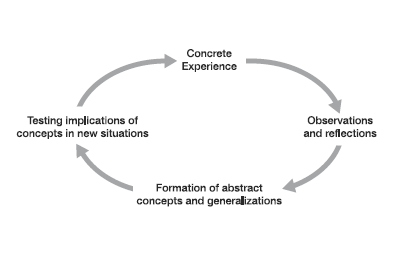As a learning activity, arts, crafts, and design have traditionally been passed over in favor of more academic pursuits. However, it has been proven time after time that craft – particularly developmentally appropriate craft activities that stimulate fine motor skills on their ZPD– can aid learning in those core academic disciplines like language, social studies, science, and math. In addition to this research proven aspect, we should also remember that crafts, especially artisan skills, have been around since the beginning of time when people made everything they used with their hands. Crafts were initially created for trading, selling, spiritual or artistic expression, as well as creating personal and household articles.
In today’s developed world, crafts are a great pastime and educational tool for kids. It’s not only to keep the kids entertained on a rainy day, but also extend a child’s gross and fine motor skills, develop concepts like color or numbers and see scientific processes like gluing and paint drying in action. Understanding the importance of experimental and experience-based learning is very important in an IB world school environment because the PYP curriculum framework is based on teaching conceptual understanding. Thus we as facilitators need to understand the validity of authentic learning experiences and provocations that allow our students to
We do not learn from experience… we learn from reflecting on experience.1 – John Dewey
Reflection, as one of the key concepts2, plays an integral part of PYP curriculum when we plan for learning engagements to instigate critical thinking skills, computational thinking, and logical empirical reasoning. As constructivist educators, we need to understand how these concrete and authentic experiences into generalizations and understandings.

David Kolb’s Experiential Learning model is an accurate representation of how PYP curriculum framework understands that we learn for instance mathematics.

Unfortunately, these both models overlook what happens prior and during the experience, that is why we need to highlight what the learners are constructing and transferring.
Dewey speaks about experimental thought and activity3
The fine distinction here is that students require these experiences to be able to make connections with their prior knowledge. This reflective process enables the learner to make retrievable memory imprints of what is being learned. This is why inquiry-based learning is so efficient and permanent.
Visual arts, music, crafts and design allow kids to explore ideas or concepts and then express it by making something to keep, entertain others with or simply their own aesthetic pleasure. This playfulness is an inseparable component of How We Express Ourselves Transdisciplinary Theme of the PYP.4 As we explore our understanding of the aesthetic we are also enabling these students to develop their higher order of thinking skills.
“The arts especially address the idea of aesthetic experience. An aesthetic experience is one in which your senses are operating at their peak; when you’re present in the current moment; when you’re resonating with the excitement of this thing that you’re experiencing; when you are fully alive.” – Sir Ken Robinson
Tamas Varga, Hungarian mathematician, and a reformist, based his New Math pedagogy in Hungary on this same principle. The central position of the Varga-Neményi method is the personal and direct experience of children. It is not enough for students to hear or read what someone else has once experienced, they need to have that first-hand experience themselves. If the pre-school personal experience is missing, it needs to be made up for in the school setting through play and art. 5 In today’s technology-assisted learning environments it is important to remember that artistic exemplars are easily accessible.
“In spite of the obvious correlation between math and art, people often view art and math as two very different, distinct areas of study. Today, through computer-generated art, origami, tessellations, fractals, and illusions, math-inspired art continues yet often goes unnoticed. By integrating art and math on the classroom level, it will become plainly evident that participation in combined art and math courses can increase both one’s math skills and one’s art skills.” 6
A broad and balanced curriculum is one that provides children with the skills, knowledge, and understanding they need to develop into well-rounded global citizens is the one that is infused with the appreciation of the aesthetic experiences that makes us human.









You must be logged in to post a comment.